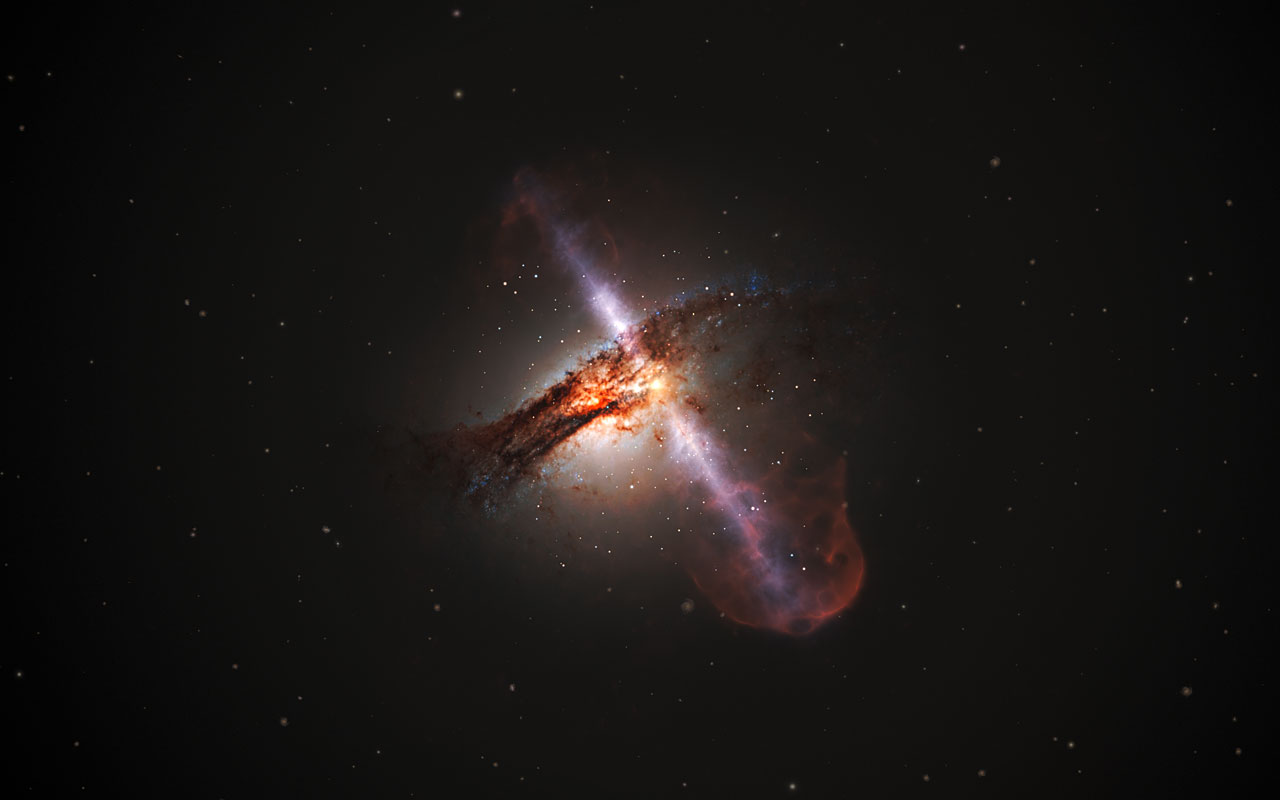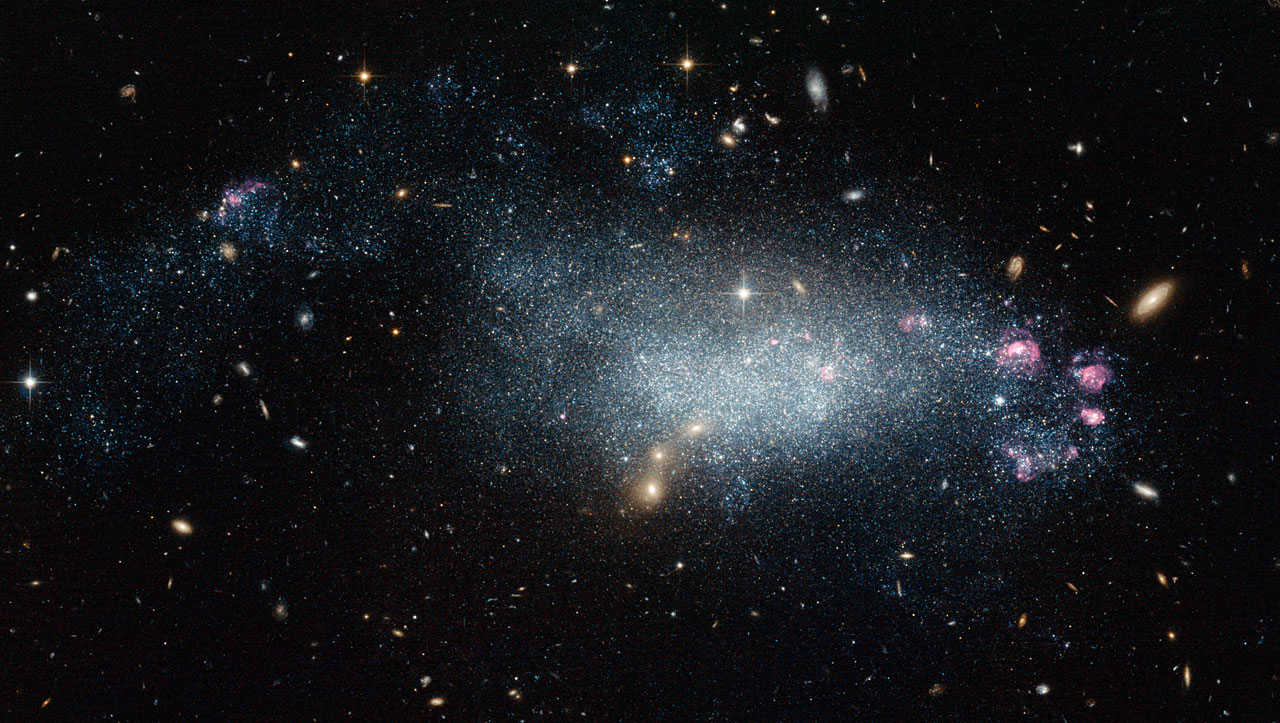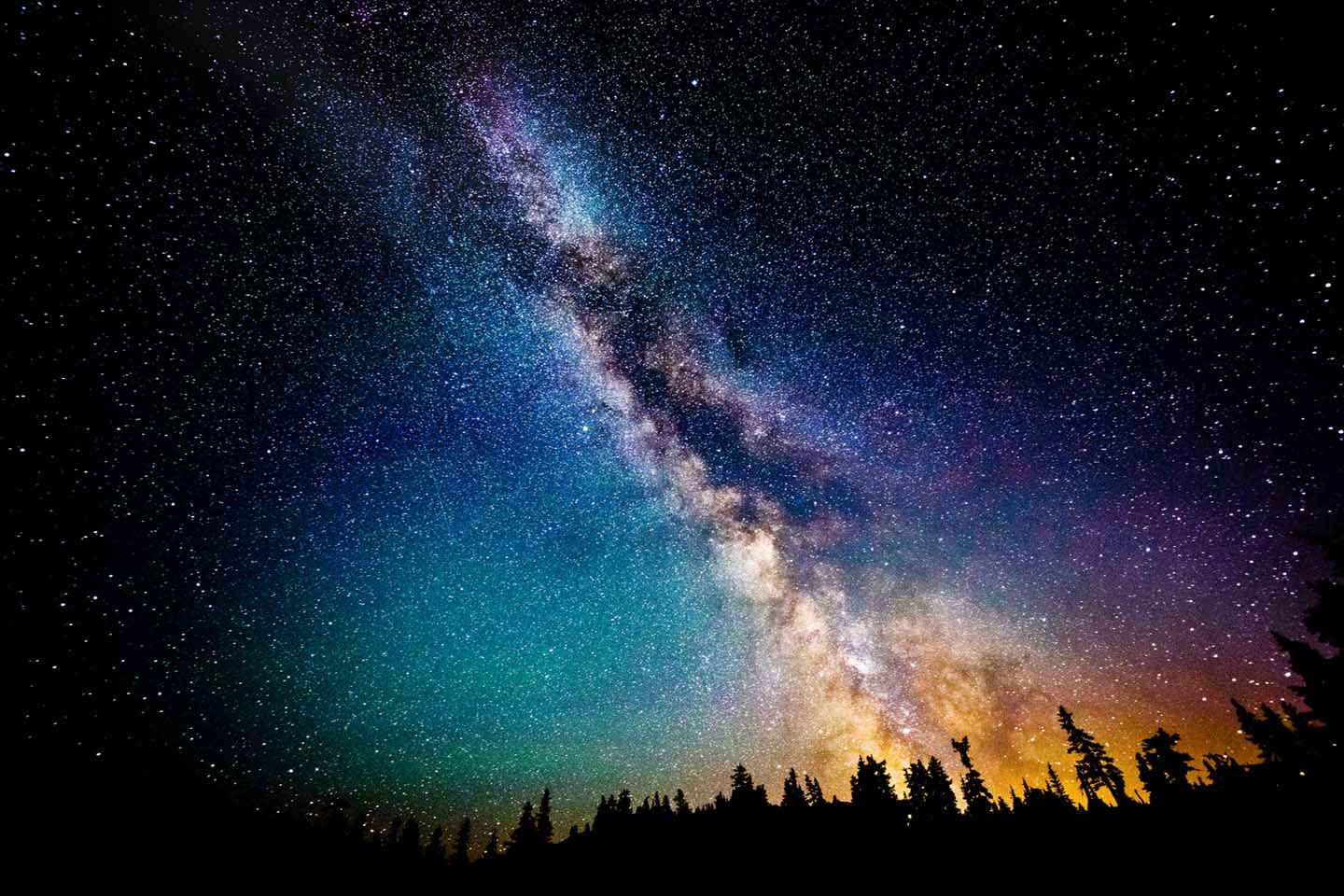
An international team of researchers has recently obtained the first direct image of the exoplanet Beta Pictoris c (B Pic c), confirming its existence since its indirect discovery in 2019.
The "baby" exoplanet, which is estimated to be around 18 million years old, is the second planet known to orbit the star Beta Pictoris. The star is located 63 light-years away and is around 23 million years old (by comparison, the sun is over 4.5 billion years old). Due to its relative youth, the Beta Pictoris system is still surrounded by a giant disk of gas and dust.
The planet's direct imaging was performed through the GRAVITY instrument at the European Southern Observatory's Very Large Telescope array in Chile. The researchers detailed their findings in two papers, published in the journal Astronomy & Physics.
Indirect discovery of the exoplanet
Exoplanets, celestial bodies that orbit a star other than the sun, are extremely hard to detect using existing technologies. They have to be sufficiently distant from a star so they won't disappear into the glare. The majority of known exoplanets were discovered through indirect means. For instance, scientists look at "wobble" data to see whether a potential exoplanet exerts a gravitational tug on a star.
Stars don't sit stationary while planets revolve around them. Along with all the planets "in their orbit," they orbit a common center of mass known as the barycenter. The barycenter is closest to the object with the most mass, which is why the sun, with its pummeling largeness, is commonly thought to be the center of the solar system around which Earth and the rest of the planets orbit.
And because stars are usually so close to the barycenter (in the solar system, it's just right outside the sun), their movements are often perceived to be wobbly. Scientists typically observe their wobble and study barycenters to look for exoplanets. Indeed, this is how B Pic c was discovered a year ago.
Astrophysicist Anne-Marie Lagrange of the Grenoble Observatory in France, along with her colleagues, was examining 16 years worth of observational data when they noticed a wobble that appeared to be inconsistent with Beta Pictoris b, the first planet known to be orbiting Beta Pictoris. The anomaly seemed to indicate the existence of another exoplanet. (Related: It took 10 years to prove: First exoplanet finally confirmed.)
While they were able to detect signs of B Pic c, the finding relied on indirect measures, so calculations of the exoplanet's location, brightness and mass were unavailable.
Direct imaging reveals new data on exoplanet
The researchers of the present study wanted to image exoplanets using GRAVITY. They thought B Pic c would make an excellent candidate; those years of wobble data provided them with an excellent profile of the exoplanet.
They found that B Pic c orbits the star at 2.7 astronomical units. It makes a complete orbit every 3.4 years and is eight times more massive than Jupiter. By comparison, its sibling is estimated to be 13 times more massive than the gas giant. It's also farther from their parent star than B Pic c.
Direct imaging further revealed that the exoplanet is six times fainter than B Pic b, suggesting that it's much cooler. Its mean temperature is estimated to be around 1,790 degrees based on its brightness while B pic b's temperature is over 2,640 degrees.
Because B Pic c is smaller and dimmer than expected, the researchers posited that the exoplanet formed through the core accretion model. Under this model, pieces of debris in the protoplanetary disc stuck together, first via electrostatic forces then via gravity, forming an increasingly bigger ball of rock. The team hopes that their findings could provide insights into how planets are formed.
"This brightness measurement of b Pictoris c, combined with its mass, is a particularly important step to constraining our planet formation models," said Paul Molliere, a co-author of the two papers and a postdoctoral researcher at the Max Planck Institute of Astronomy in Germany. (Related: NASA's exoplanet hunter has discovered an Earth-sized alien world.)
According to lead researcher Frank Eisenhauer of the Max Planck Institute in Germany, the GRAVITY instrument provided an astounding "level of detail and sensitivity" that allowed them to obtain both the brightness and the mass of the exoplanet. It has been crucial to recent space observations.
"We are just starting to explore stunning new worlds, from the supermassive black hole at the center of our galaxy to planets outside the solar system," he said. Astronomers could get even better at studying distant objects in space as the GRAVITY+, a next-generation instrument, is already in development.
Read more articles exploring exoplanets at Cosmic.news.
Sources include:
Please contact us for more information.





















